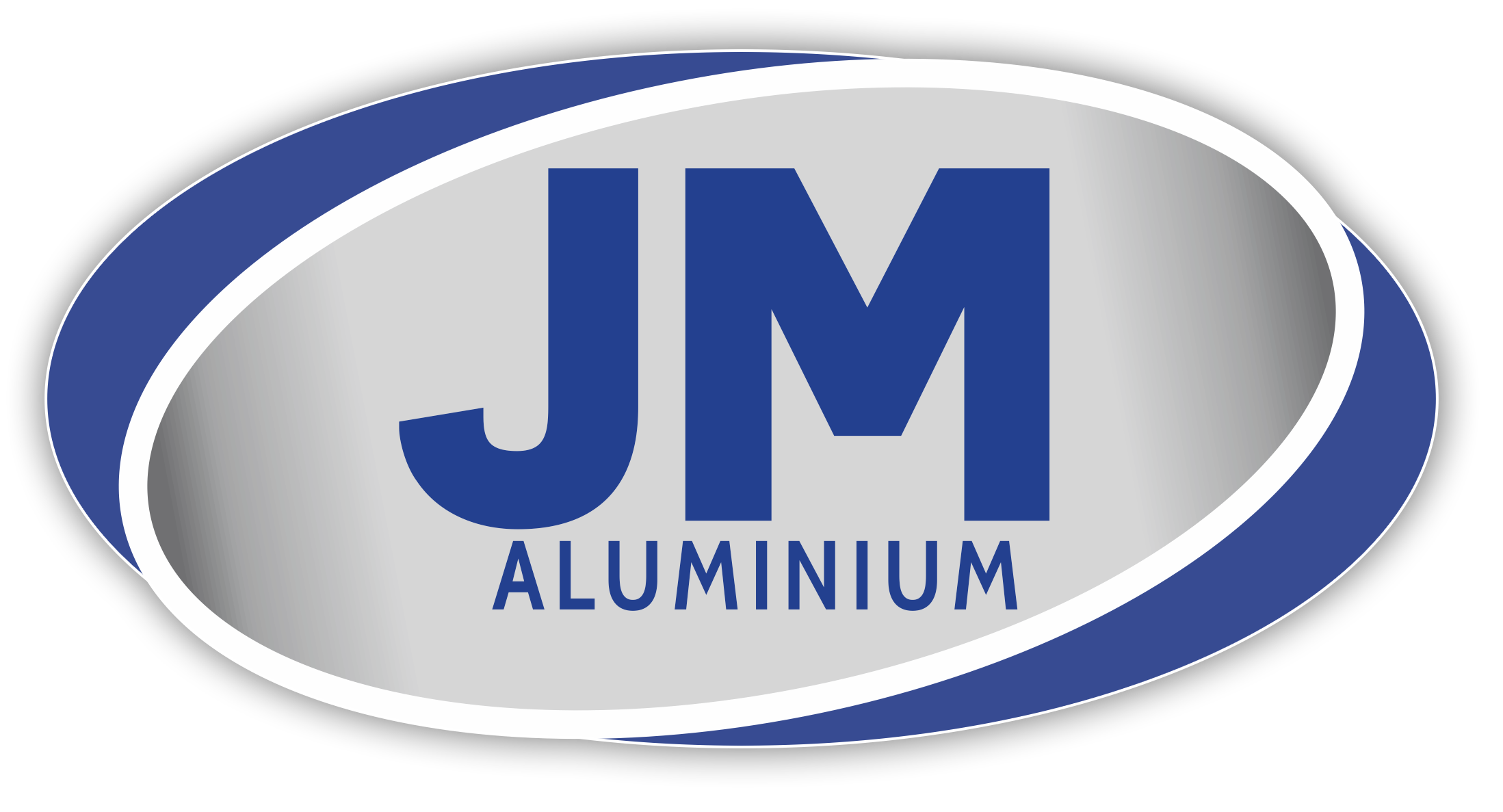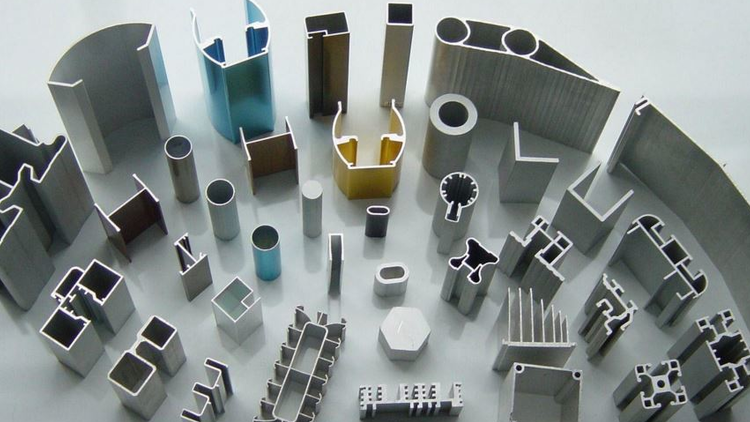Unveiling the Remarkable Benefits of Aluminium over Other Metals
Metals have been used since ancient times to make various objects in different industries. However, aluminum is a clear winner when choosing the perfect metal for various applications. Known for its remarkable properties and versatility, aluminium or customised aluminium profiles has become an integral part of various industries. From aerospace engineering to construction, automotive to packaging, and even in our everyday lives, aluminum makes an indelible impact. In this blog, we will explore the numerous benefits of aluminum surpassing other metals, showcasing why it is the material of choice for countless applications.
Properties of Aluminium
Before knowing the benefits, let’s first understand the properties of Aluminium. Aluminium, a silvery-white metal, possesses many properties, making it one of the most versatile materials in various industries. With a low density of 2.7 grams per cubic centimeter, aluminum is lightweight, making it ideal for applications where weight reduction is crucial. Despite its lightness, aluminum boasts an excellent strength-to-weight ratio, enabling it to withstand significant loads without sacrificing structural integrity.
Aluminium is insoluble in water and stable in air due to its compact surface oxide layer. It is a fairly reactive metal, but it is shielded by a thin, transparent oxide layer that forms quickly when exposed to air, which accounts for its longevity. The metal surface is structurally connected to the thin oxide layer. It does not peel off, preventing further oxidation of the metal. The oxide layer is so dense that moisture and air cannot penetrate the aluminum, despite being only a few thousandths of a millimeter thick.
Production of Aluminium
The production of aluminum involves a complex process that starts with the extraction of bauxite, the primary source of aluminum. Bauxite is a reddish-brown ore containing varying amounts of aluminum hydroxide minerals and other impurities such as iron oxide, silica, and titanium dioxide. The extraction of bauxite is typically done through open-pit mining.
Once the bauxite ore is extracted, it undergoes a refining process to extract pure aluminum oxide, also known as alumina. The Bayer process, named after its inventor Karl Bayer, is the most commonly used method for refining bauxite. The bauxite ore is crushed and mixed with sodium hydroxide, causing the aluminum oxide to dissolve and form a sodium aluminate solution. The impurities in the bauxite are filtered out, leaving behind a solution of purified alumina.
Next, the purified alumina solution is subjected to the Hall-Héroult process to extract the aluminum metal. In this electrolytic process, the alumina solution is dissolved in molten cryolite (a fluoride mineral) and placed in a large electrolytic cell. When an electric current is passed through the cell, aluminum ions are reduced at the cathode, forming liquid aluminum that collects at the bottom of the cell.
Once the liquid aluminum has accumulated, it is siphoned off and cast into large blocks called ingots. These ingots are then transported to rolling mills or extrusion plants, transforming into various forms such as sheets, plates, rods, and aluminium profiles & sections.
It is worth noting that aluminum production is energy-intensive, with a significant amount of electricity required for the Hall-Héroult process. As a result, aluminum smelters are often located near abundant sources of affordable electricity, such as hydroelectric power plants.
Benefits of Aluminium
As we mentioned in the introduction, the alumnium is the perfect metal for various applications. Here are some of the significant benefits of alunium over other metals:
- Lightweight Champion
Aluminium’s exceptionally lightweight nature is one of its most significant advantages. Weighing approximately one-third of steel, aluminum enables the design and manufacturing of lightweight products without compromising strength. Its lightweight property plays a crucial role in aerospace, transportation, and automotive industries, where reducing weight translates into improved fuel efficiency, increased payload capacity, and enhanced overall performance.
- Superior Strength-to-Weight Ratio
While aluminum may be lightweight, it doesn’t lack strength. Aluminium boasts an exceptional strength-to-weight ratio, making it stronger than other commonly used metals. Its high strength enables the construction of sturdy structures and ensures the longevity of products while maintaining a low weight. This combination of strength and lightness makes aluminum ideal for applications requiring durability and portability.
- Corrosion Resistance
Aluminum exhibits excellent corrosion resistance, making it highly suitable for environments where other metals would corrode or deteriorate. Its natural oxide layer forms a protective barrier, preventing further oxidation and corrosion. This property eliminates additional coatings or treatments, resulting in cost savings and minimal maintenance. From marine structures to outdoor signage, aluminum’s corrosion resistance ensures long-lasting performance in challenging environments.
- Excellent Thermal and Electrical Conductivity
With its impressive thermal and electrical conductivity, aluminium profiles & sections finds extensive use in the electrical and electronics industries. Its ability to efficiently transfer heat and electricity enables the production of lightweight heat sinks, electrical wiring, and conductors. Aluminium’s conductivity also contributes to its popularity in the HVAC and refrigeration industries, facilitating energy-efficient solutions.
- Sustainable and Recyclable
Customized aluminium profiles are highly sustainable material, aligning perfectly with the growing focus on environmental conservation. It is infinitely recyclable without losing its essential properties. Recycling aluminum requires only a fraction of the energy needed for primary production, resulting in significant energy savings and reduced greenhouse gas emissions. Choosing aluminum over other metals contributes to the circular economy, conserves resources, and minimizes waste.
Conclusion
Aluminium’s supremacy among metals stems from its remarkable benefits, including its lightweight nature, superior strength-to-weight ratio, corrosion resistance, thermal and electrical conductivity, sustainability, and aesthetic appeal. Its versatility extends across numerous industries, enhancing performance and driving innovation. As a material of choice, aluminium profiles & sections continues to shape our world, delivering functional and aesthetically pleasing solutions. With its exceptional qualities, aluminum has repeatedly proven why it shines bright, leaving other metals in its wake.




